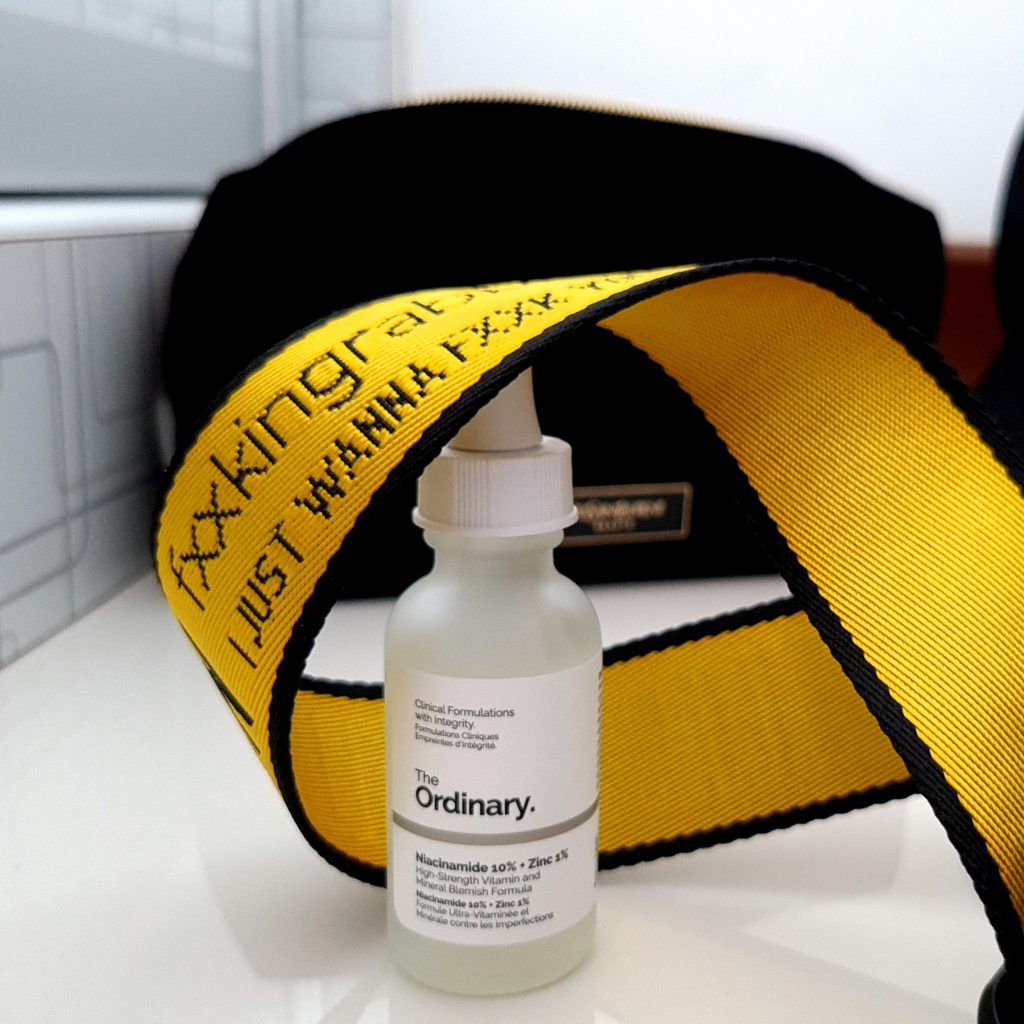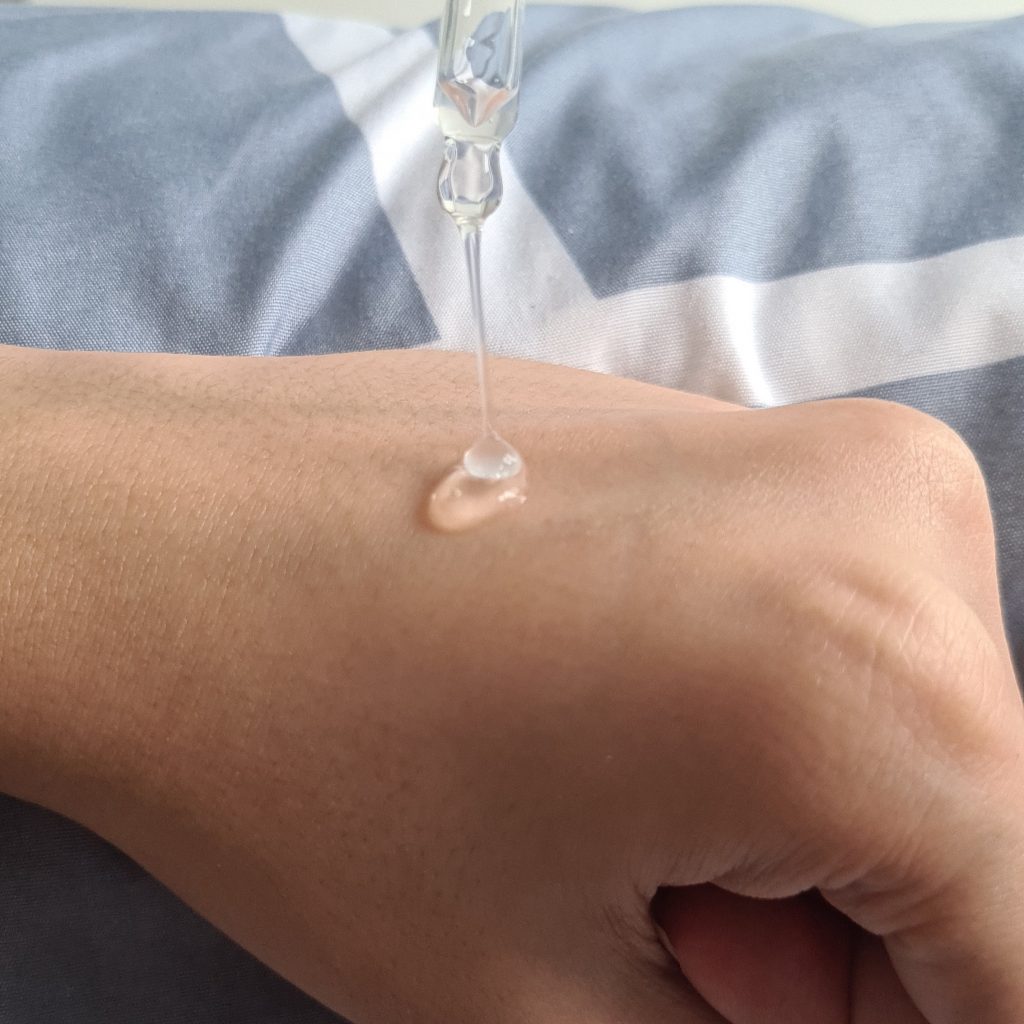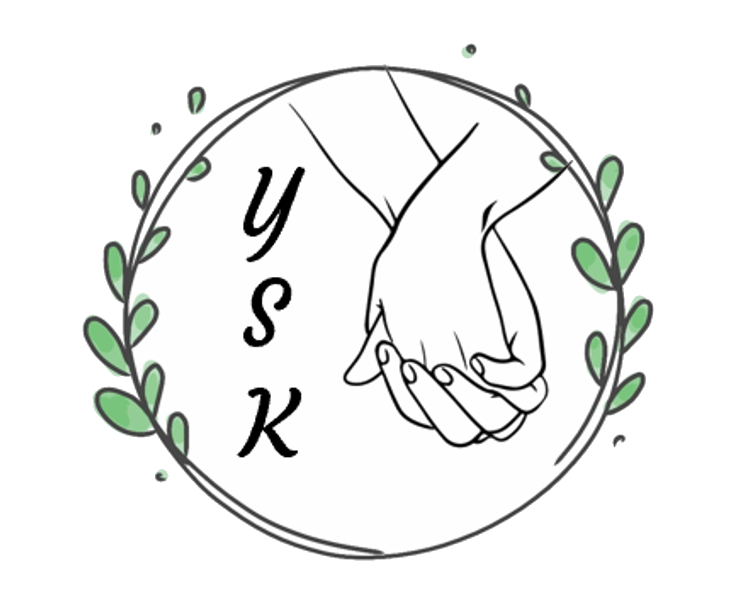Hi everyone! I am back with another review of a product from The Ordinary (after super long ><“).
As mentioned in the previous post, I bought the following 3 products from The Ordinary.
- Hyaluronic Acid 2% + B5
- Niacinamide 10% + Zinc 1%
- Argireline™ Solution 10%
I first reviewed on Hylaruonic Acid 2% + B5 in the previous post. You can click here to read about it!
Today, I am going to review on Niacinamide 10% + Zinc 1%!
Firstly, I apologise for the lack of “Before” and “After” photos in this review. My phone was damaged and I am using my spare phone currently, which is unable to accurately capture the changes to my face when I apply the products.
However, do rest assure that all reviews are absolutely honest. They are also not sponsored!
The Ordinary. Niacinamide 10% + Zinc 1%

Summary for The Ordinary. Niacinamide
Price: $10 for 30mL
This product lasted my mother and I for about 1.5 months and I feel that this is definitely worth it!
I have also went back to buy another 2 bottles of 60mL! Also, do take note that this item is REALLY popular and keeps going out of stock!!! So grab one when you see it being restocked!
Function: (according to The Ordinary.)
- Niacinamide (Vitamin B3) is indicated to reduce the appearance of skin blemishes and congestion.
- Zinc PCA to balance visible aspects of sebum activity.
- Not: do not use with vitamin C as it affects the integrity of vitamin C. Apply both products at alternate times of the day.
Directions of use: (according to The Ordinary.)
Apply to entire face morning and evening before heavier creams
I use it both in the morning and at night before moisturiser.

Texture:
- High fluidity
- Easy to spread on face
- Absorbs quickly with a few pat
Pros:
- Lightening of acne scars can be observed within 3 days
- Skin appears to be brighter and smoother
- Speeds up the recovery of acne scar
Cons:
- Applying too much will results in formation of white, soapy texture, which makes it harder to absorb into the skin.
In-depth Analysis
Niacinamide
Niacinamide is a physiologically active amide of Vitamin B3 (an essential water-soluble nutrient present in different food). It is known to be more well tolerated by the skin as compared to other derivatives of vitamin B3.
Skin Lightening effect
There are many research and clinical trials on topical niacinamide, and it has shown to be effective in reducing the appearance of hyperpigmentation and lightening of skin.
(skip this part if you are not interested in the mechanism)
Hyperpigmentation occurs when there is an excessive amount of pigmentation on the skin.
Pigmentation-synthesizing cells produce pigments and transfer to keratinocytes (cells abundant in skin) in response to different stimuli, such as UV or inflammation. These pigments protect keratinocyte from being damaged, and this is also the reason for tanning of skin after being exposed to sun.
As such, the communication between the cells is essential.
One detects the UV stress and signal the other to synthesize and transfer more pigments to it.
Niacinamide acts to interfere with this communication between the cells, hence reducing the synthesis of pigments and the transfer to keratinocytes. This will reduce the amount of melanin deposited in the keratinocytes and hence, prevent the darkening of skin.
(back to topical application of niacinamide)
Many clinical trials have shown that long-term application of topical niacinamide can lighten skin and reduce the appearance of hyperpigmentation on the skin.
I use the Niacinamide by The Ordinary twice a day, and observe visible lightening of acne scars on my face!
I had a really bad acne break out on my face since 20 years old. It has been on and off, breaking out for a period of time, getting better for a period of time, and repeating this vicious cycle. Recently, I visited a dermatologist and my face finally stopped breaking out. However, the scars remain on my face, and the AZA cream given by the dermatologist takes ages for my scar to recover. Within a week of using, old acne scars that have lasted for months started to lighten up. Even friends and families observed the visible clearing up of my skin.
Additionally, I noticed that scars from new acne recovers and lighten up much quicker when I apply niacinamide regularly on my face too!
Other than lightening skin, application of niacinamide has various benefits on the skin:
1. Reduces inflammation
- Enhances the natural barrier of skin, protecting it against the infection of P. acnes (a bacterium responsible for acne)
- Decrease the secretion of molecules responsible for inflammation
- Provides potent anti-inflammatory properties without the risk of bacterial resistance and systemic side effects
- Many clinical trials have displayed the reduction of inflammation with the use of topical niacinamide.
- I noticed that new acne that popped are clear reasonably faster when niacinamide is added to my skincare routine twice a day. The acne seems to be less ‘angry’ within a few days of the acne maturing as compared to when I did not add niacinamide in my skincare routine!
- In this care, I believe niacinamide is working in trying to reduce the inflammation caused by the P. acnes!
2. Protecting skin damage caused by UV irradiation
- Niacinamide plays a part in the repairing of damage caused by UV radiation.
- Research shows that niacinamide is able to reduce the reactive oxygen species produced by the cells in skin.
- Prevents photoimmunosuppression and photocarcinogenesis, which are caused by prolonged exposure to sun.
3. Improve epidermal barrier function
- Stimulates the biosynthesis of molecules that are important in maintaining skin structure.
- Fatty acids & cholesterol – ensures an intact bilamellar barrier lipid structure, which is critical for hydration of stratum corneum
- Ceramides – significant in forming the bilamellar structure to maintain the epidermal barrier function
- Broken epidermal barrier function will result in increased transepidermal water loss and moisture deficiency, which contributes to peeling of skin and wrinkle formation.
4. Reduces sebum level
- Several research reveals that niacinamide is able to significantly reduce sebum excretion rate, and this is dose-dependent.
- My skin is oily at the T-zone area. I did not really observe a significant reduction in sebum level in these areas.
5. Smoothing surface structure of skin
- I did observe that my face appears to be smoother after regular application of niacinamide on my face. There are significantly fewer bumps appearing on my face!
Zinc PCA 1% – Zinc salt of pyrrolidone carboxylic acid
Zinc PCA is basically a combination of the anti-oxidant zinc and the natural moisturising factor (NMF) pyrrolidone carboxylic acid. It is a very common and safe ingredient used in many creams for various benefits:
1. Controls sebum secretion and hence, acne
- Astringent, anti-inflammatory, and anti-microbial properties of Zinc PCA helps to control the sebum production from the skin, and thus also reduce the formation of acne.
- As mentioned above, I did not observe a significant reduction in sebum production on my T-zone, but I do observe less ‘angry’ formation of acnes. They also did recover quicker as compared to before.
2. Anti-ageing of skin
- In vitro studies (not on living organisms) of zinc PCA has shown a suppression of molecules that are increased by UVA irradiation, which are involved collagen degradation in photo-aged skin. Hence, possibility of slowing down the photoageing process.
- They also show an increased production of type I collagen, which is important in healthy skin.
- Although more research is required, zinc PCA could be a promising anti-ageing agent for skin.
Niacinamide + Zinc PCA
While researching, I have noticed that there was a 6-week long clinical trial that looked into the efficacy of topical application of niacinamide + zinc PCA on the treatment of moderate acne vulgaris.
They observed a significant reduction in the formation of noninflammatory lesions (which are also known as comedones, e.g. black or white heads) from the 2nd week of application.
Due to the short length of the trial, alongside with rather specific factors, such as moderate acne vulgaris, and the recruitment of middle-aged healthy population, it is definitely limited as to how much you can retrieve from this study. Nevertheless, it is still a great indication to the possibility of how well this cream can benefit people.
Conclusion
This marks the end of my second review product by The Ordinary. – Niacinamide 10% + Zinc 1%! I hope this article is useful and informative to you!
I have used this product for several months, and there is definitely a significant lightening of my acne scars! If you are interested in getting a product that works in lightening acne scars, I definitely recommend getting this!
Feel free to contact me via our facebook page and tell me how you feel about it! Have you tried it before? Does it work for you? Do you love it as much as I do? Or does your skin react badly to it? I would love to hear all your opinions!
Stay tuned for the reviews on the last product I have tried from The Ordinary!
References
- Hakozaki et al. (2002) British Journal of Dermatology
- Walocko et al. (2016) Dermatologic Therapy
- Gehring (2004) Journal of Cosmetic Dermatology
- Draelos et al. (2006) Journal of Cosmetic and Laser Therapy
- Navarrete-Solis et al. (2011) Dermatology Research and Practice
- Park et al. (2010) Photochemistry and Photobiology
- Surjana et al. (2010) Journal of Nucleic Acids
- Chen et al. (2015) The New England Journal of Medicine
- Fivenson (2006) Cutis
- Wohlrab & Kreft (2014) Skin Pharmacology and Physiology
- Grange et al. (2009) Journal of Dermatological Science
- Takino et al. (2012) Int J Cosmet Sci
- Balato et al. (2020) Dermatol Ther (Heidelb)
- Sitohang et al. (2020) J Clin Aesthet Dermatol


